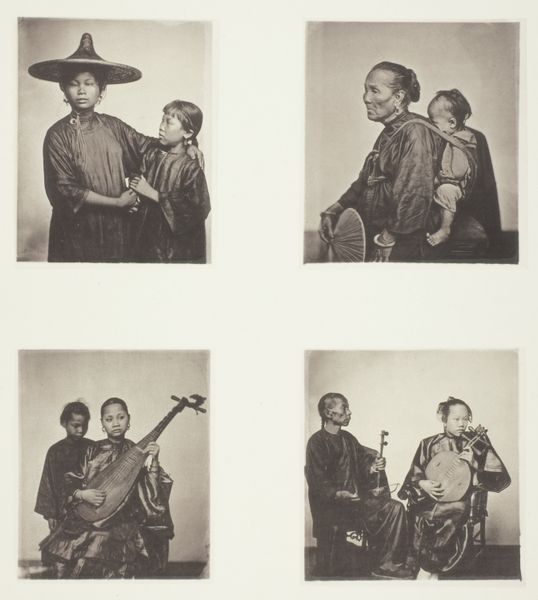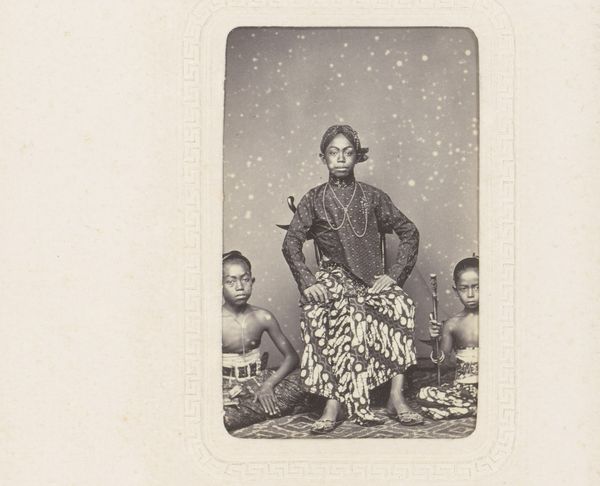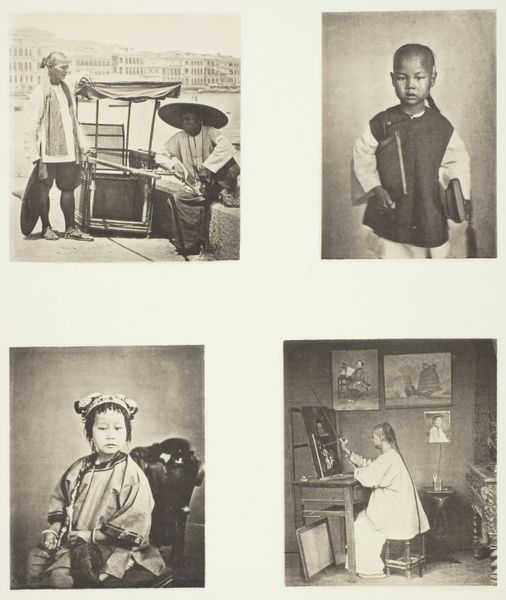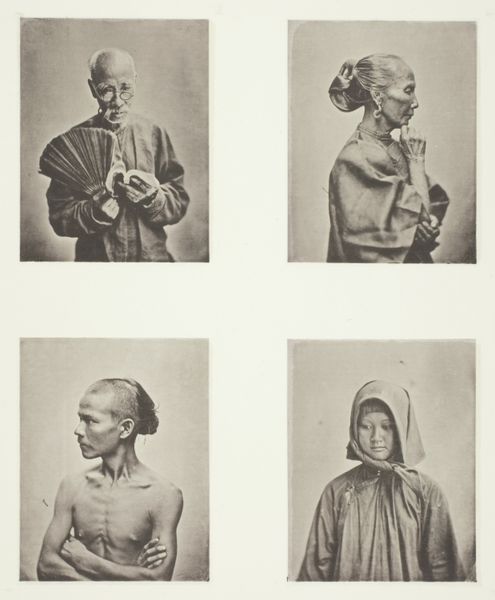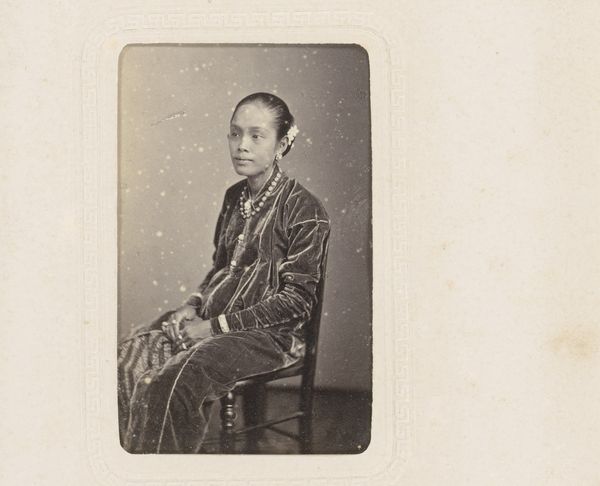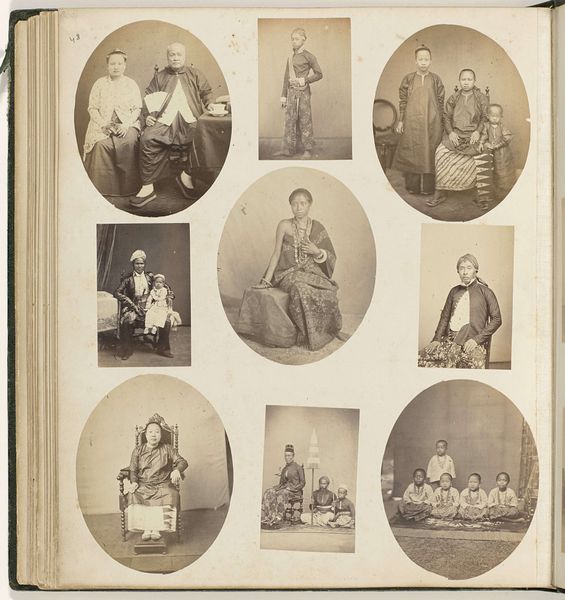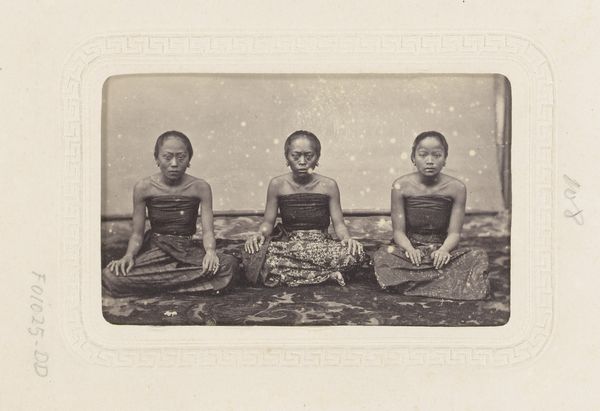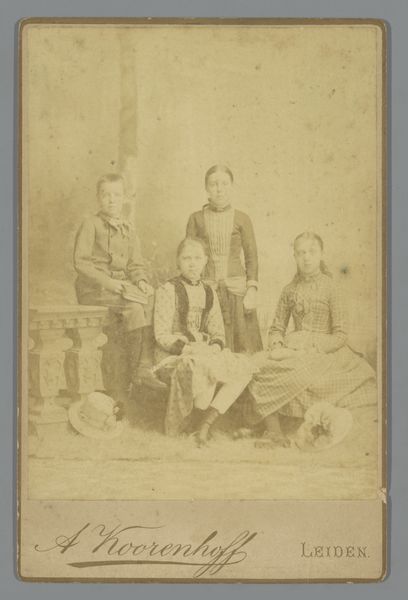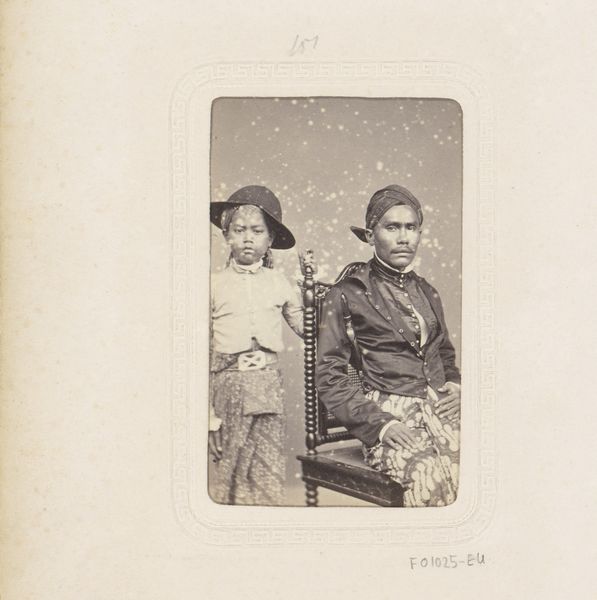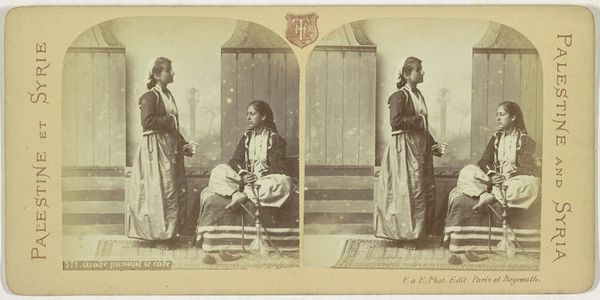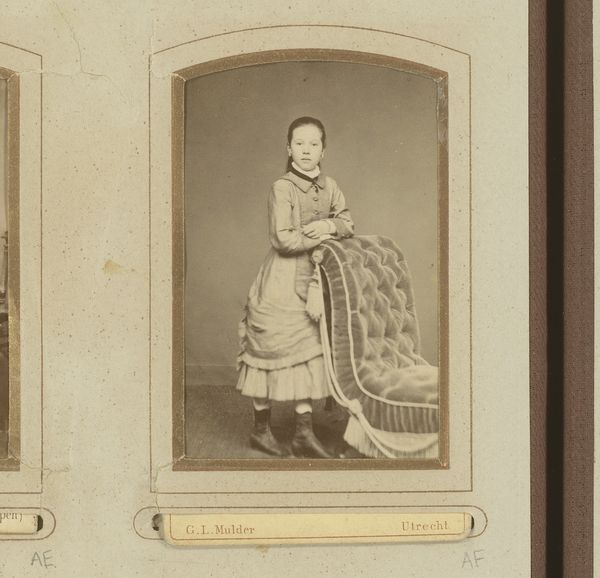
A Cantonese Gentleman; A Cantonese Gentleman; Schroffing Dollars; Reeling Silk c. 1868
0:00
0:00
photography
#
portrait
#
16_19th-century
#
asian-art
#
photography
#
group-portraits
#
genre-painting
#
realism
Dimensions: 11.1 × 9 cm (each image); 47 × 34.8 cm (album page)
Copyright: Public Domain
Curator: This photographic work by John Thomson from around 1868, titled "A Cantonese Gentleman; Schroffing Dollars; Reeling Silk", presents a series of vignettes capturing aspects of Cantonese life. Editor: My initial reaction is one of curiosity about the stark contrast. The top images show portraiture that is very formal, then the two lower scenes, particularly that final one of manual labor, reveal much more, offering access to something deeper. Curator: Precisely. Thomson was working during a period of intense Western engagement with China. He captured these images using the wet collodion process, a relatively complex technique that required portable darkrooms to develop on-site. It's fascinating how that material constraint shapes our access. Editor: Absolutely. It becomes impossible to ignore the socio-political context. The choice of subject matter—a well-dressed gentleman versus laborers handling money and silk production—speaks volumes about economic structures and how class differences manifested, even and especially to Western audiences, at that time. What was his objective in presenting these subjects this way? Curator: He sought to document, of course, but we cannot divorce that from the gaze of the colonial power. He wasn’t merely recording; he was curating a vision of China for a Western audience hungry for images of the "exotic" East. Note how he places "A Cantonese Gentleman" at the top. Its placement enforces a hierarchy. Editor: Which prompts so many questions: Who was this Cantonese gentleman and what power dynamics allowed him to be pictured while engaged in work? Was he posing, or simply being observed at his everyday tasks? I am further led to inquire about how the act of photographing itself reshaped interactions with both of these very different types of subjects. Curator: A fair point to consider when confronting a set of works like these. Thomson, as an outsider, wielded a power in representation. He chose what to frame, what to expose, how to render these individuals, ultimately affecting how China was perceived then and how these materials might be perceived still in the present. Editor: Looking at Thomson's "Cantonese Gentleman," then, can be considered looking at a complicated legacy. While the technical mastery is impressive, it's impossible not to consider his photography’s part in shaping perspectives around cultural identity, power, and production in China in the 19th century. Curator: Indeed, it urges a wider conversation concerning the politics inherent in photography. We appreciate Thomson’s technical ingenuity, his material mastery of a developing artistic technique, but simultaneously engage with questions around ethical portrayal, cultural exchange, and historical representation.
Comments
No comments
Be the first to comment and join the conversation on the ultimate creative platform.
